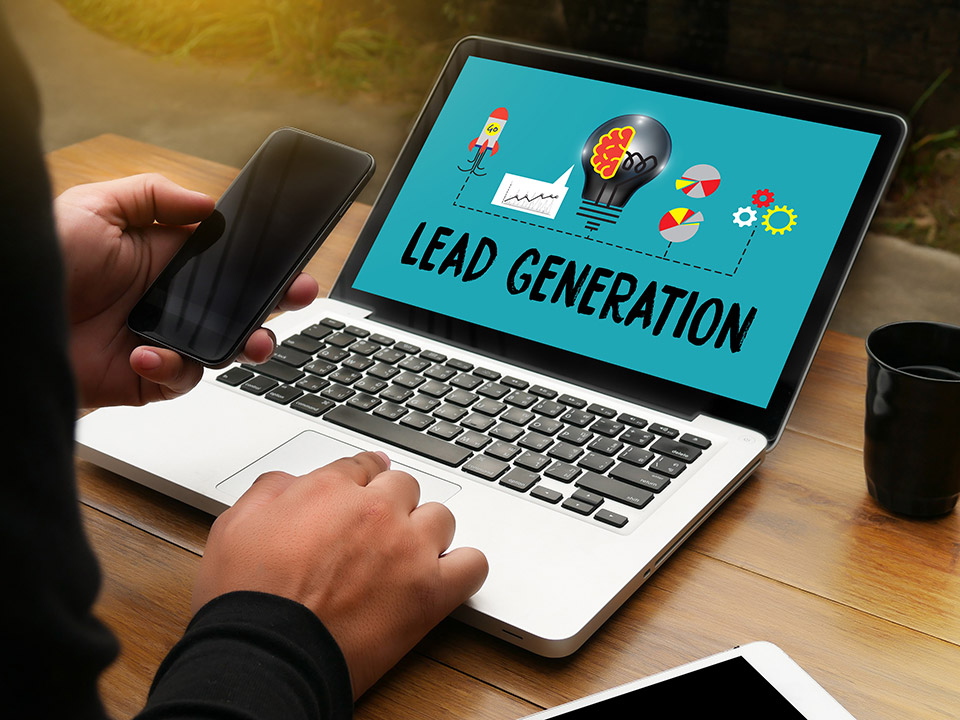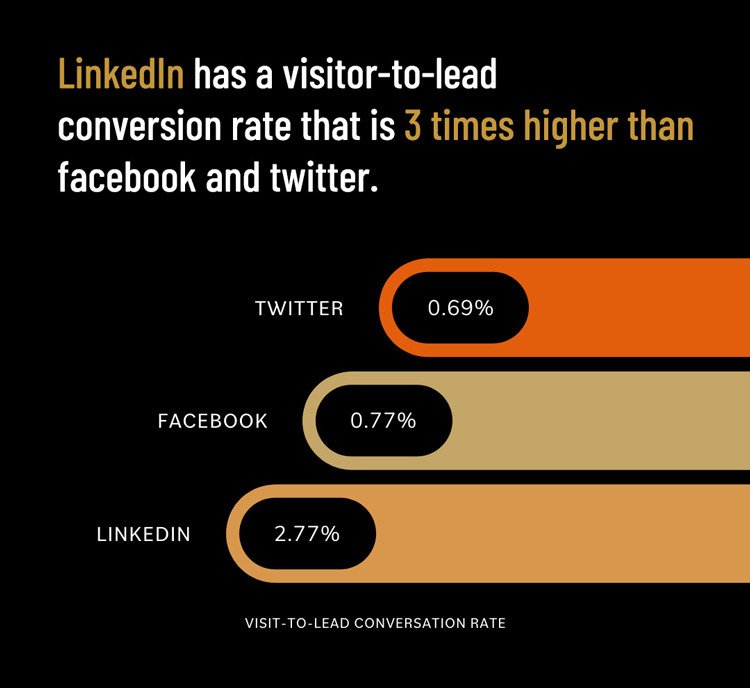
Twitter vs. LinkedIn, what works best for lead generation?
Today, the majority of product and service providing organizations are doing marketing on social media platforms by numerous organizations and brands. Twitter and LinkedIn are two of the most widely used and essential social media networks. Many individuals use various social media marketing tactics for advertising their goods and services on these platforms. Because the competition is fierce, many individuals complement their social media marketing with other benefits. They purchase LinkedIn followers or Twitter followers to artificially improve their LinkedIn company profile metrics or do the same on Twitter. These firms promise to give internet credibility, making it easier for users to advertise themselves.
However, before you invest in such services, you should be aware that there are a variety of organic methods to expand your business online, as well as paid marketing campaigns. Suppose you’re unsure which platform to use for marketing your company, such as Twitter or LinkedIn. In that case, this article will explain the distinctions between the media and point out some factors to consider while making your decision.
Twitter is undoubtedly one of the largest, most popular, and most influential social media networks today. From celebrities to politicians to everyday Joes and Janes, most individuals have a Twitter account. Millions of people utilize the site every day. We witnessed how influential Twitter affects public opinion and how many people use it to pass their online time. The platform’s main feature is that you have 280 characters to express yourself in a single tweet. However, since this is not always feasible, individuals often divide their views into many tweets and then respond to them to explain their whole perspective. You may tweet photographs and videos in addition to text. It’s as simple as that. Many organizations and brands are utilizing the site as a kind of market to sell their services and goods through ad campaigns or tweets using simply these characteristics. When it comes to social media marketing, Twitter is a top-rated site. Users seek places to purchase Twitter followers to increase their interaction.
LinkedIn is a social networking site. However, it differs from the other platforms because it allows professionals to network and engages with one another. It’s a site where you can post your resume hoping that someone you know will see it and suggest you for a job interview. Companies have LinkedIn accounts, and they often utilize them to advertise job openings. So, if you want to network with many pros in your sector, LinkedIn is arguably one of the finest sites to do so. You may also use LinkedIn automation tools to expand your network. Many companies use LinkedIn to advertise themselves and give numerous insights regarding their services and goods. A relevant connection or a connection could come across that post and wish to use the service or product for their business or brand. This is just one of the various ways LinkedIn promotions operate. To increase your reach and engagement, you can even purchase LinkedIn connections.
Read More About LINKEDIN MARKETING: A BEGINNER’S GUIDE
What works best for B2B Lead generation?
Twitter or LinkedIn, the question is B2B lead generation oriented and so will be the answer.
On Twitter, it’s simpler to establish a reputable presence via branding and create quantity leads; nevertheless, the quality of the information is constantly more excellent on Linkedin. Twitter is a numbers game where you can tweet 20+ times a day, create stand-out content, and simply expand your profile, reach, and engagement while generating some long-term lead generation.
Quality material on LinkedIn, Pulse articles, and networking in your business with some of the most recognized individuals in your field make it simpler to stand out.
For a talented social salesman and content generator, Twitter is paradoxically more sociable. Twitter provides a more personal social experience by allowing users to send direct messages to one another. LinkedIn’s Mail is full of spam, unqualified offers, and other things you’d expect to see in your email account’s spam folder.
These networks are gold mines for B2B lead creation, with LinkedIn providing a more significant return on investment and Twitter providing more potential for long-term traffic. If you’re doing B2B branding, you can’t afford to ignore it, and boosting your profile may help your brand and lead generation.
If you have any skill for lead generation and content marketing, the magic comes when you grasp the importance of lead generation for Millennials. Then Twitter and its sister site, Medium, scale better and create more engagement.
LinkedIn is a good (trustworthy) yet unpredictable environment, with numerous adjustments and tweaks that have harmed the user experience and monetized it to the point that LinkedIn Groups are no longer profitable. Because Pulse articles no longer have a high return on investment, these new restrictions will lower the number of leads created by LinkedIn. But the quality of the information will deliver you actual sales and KPIs, and LinkedIn is well ahead of Twitter in this regard.
In a recent study of over 5,000 businesses, HubSpot found that traffic from LinkedIn generated the highest visitor-to-lead conversion rate at 2.74%, almost three times higher (277%) than both Twitter (.69%) and Facebook (.77%).

In addition, LinkedIn’s conversion rate outperformed social media as a whole. In other words, only. Ninety-eight percent of the traffic that arrived at these companies’ websites through social media turned into leads, compared to 2.74 percent for LinkedIn.

So what about B2C-focused businesses? People almost exclusively submit marketing-related information on LinkedIn rather than their children’s photographs or social “chatter,” which is possibly why there is less content on LinkedIn than other social networks. As a result, there is less clutter on LinkedIn, allowing users to consume a more significant proportion of the active information at any one moment. In other words, a company’s marketing postings on LinkedIn are more likely to get spotted than elsewhere.


